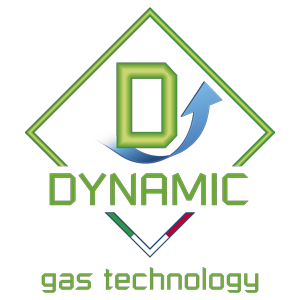DYNAMIC RANGE

The theoretical base of IR gas detection is represented by the Beer-Lambert Law, a basic law of physics relating the attenuation of light to the properties of the material through which the light is travelling.
According to it, the strength of an NDIR sensor signal is proportional to:
- the intensity of the beam of IR light;
- the specific absorbance characteristics of the molecules of the gas being measured;
- the length of the optical path (the distance traveled by the light through the sensing chamber);
- the actual concentration of the gas being measured.
While at low concentrations the absorbance curve is almost linear, the Law is not obeyed at high concentrations – as shown as example for the Methane response curve diagram below (solid line).
This means that a fitting for the response curve made for low-range concentrations (dotted line) would significantly differ from the actual response at higher ranges, leading to very inaccurate measurements. By adhering more to the higher volume response portion of the curve (dashed line), low-volume reading would be vastly underestimated.
To meet the necessities of customers expecting dependable detection accuracy over a full 0-100% range, N.E.T. has introduced his DYNAMIC RANGE technology. The sensor divides the full 100% range in three different segments and for each one of them utilizes a different fitting curve. A proprietary algorithm handles hysteresis when working at the conjunction of the three ranges. This ensures excellent adherence to the actual non-linear response – and unprecedented accuracy at both low and high volumes.
The set of fitting coefficients for each range segment is individually determined for each sensor through the entire temperature range by an automated procedure in N.E.T.’s laboratories.
DYNAMIC RANGE algorithms are made possible by N.E.T.’s MICROPROCESSOR TECHNOLOGY.
N.E.T. is confident that DYNAMIC RANGE sensors bring you the best full-range performances available for NDIR gas detection in a standard 4-series size sensor.

